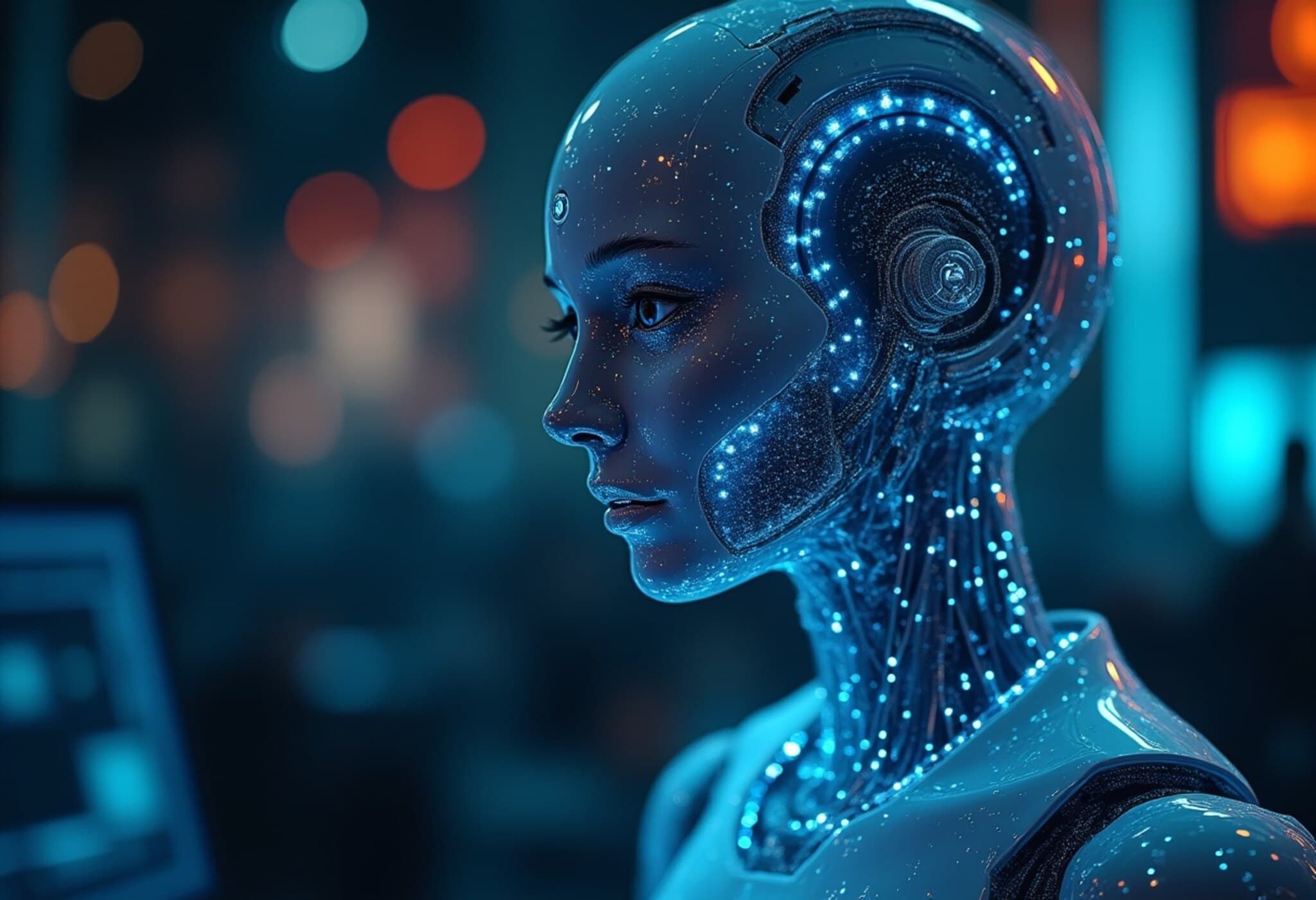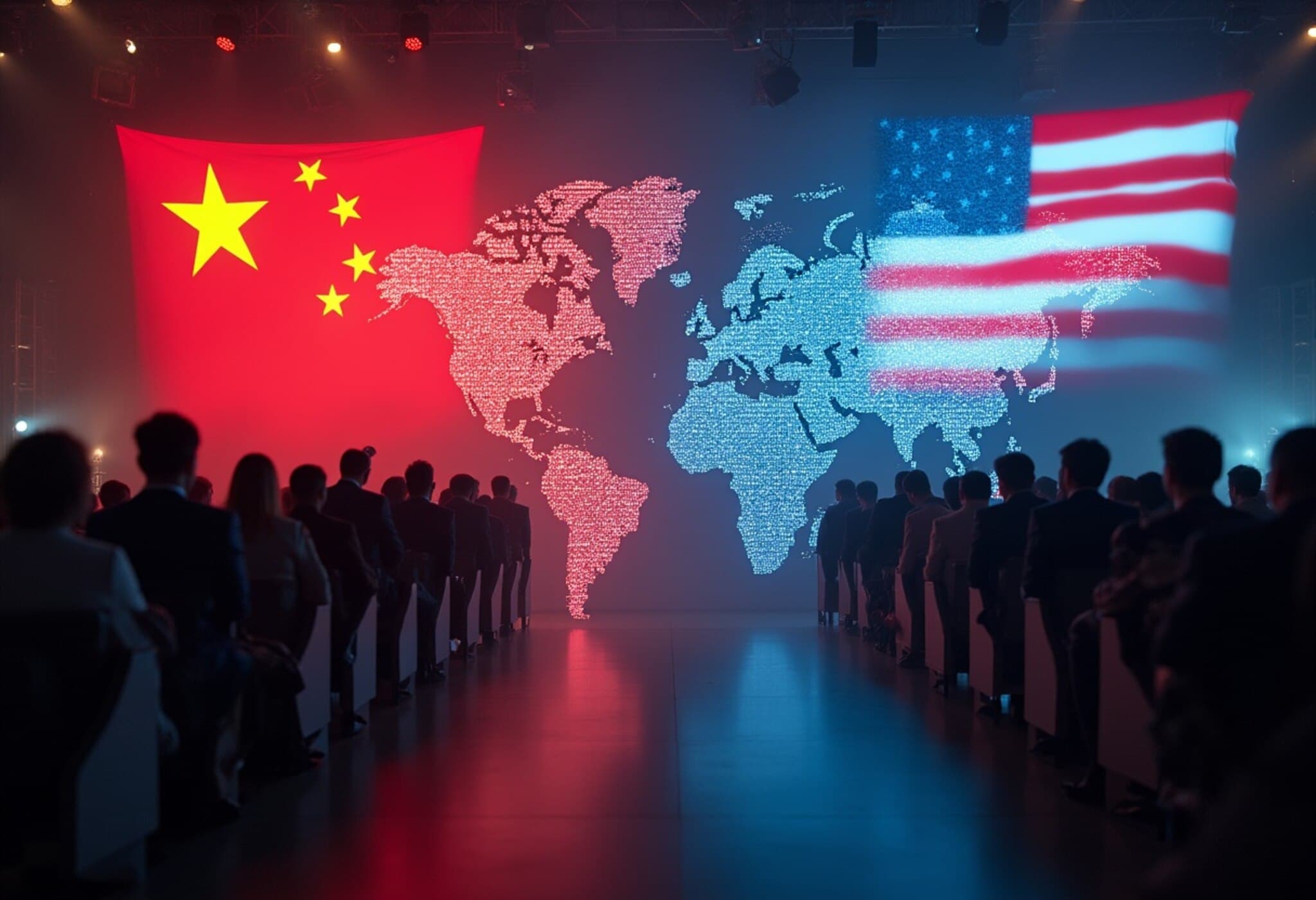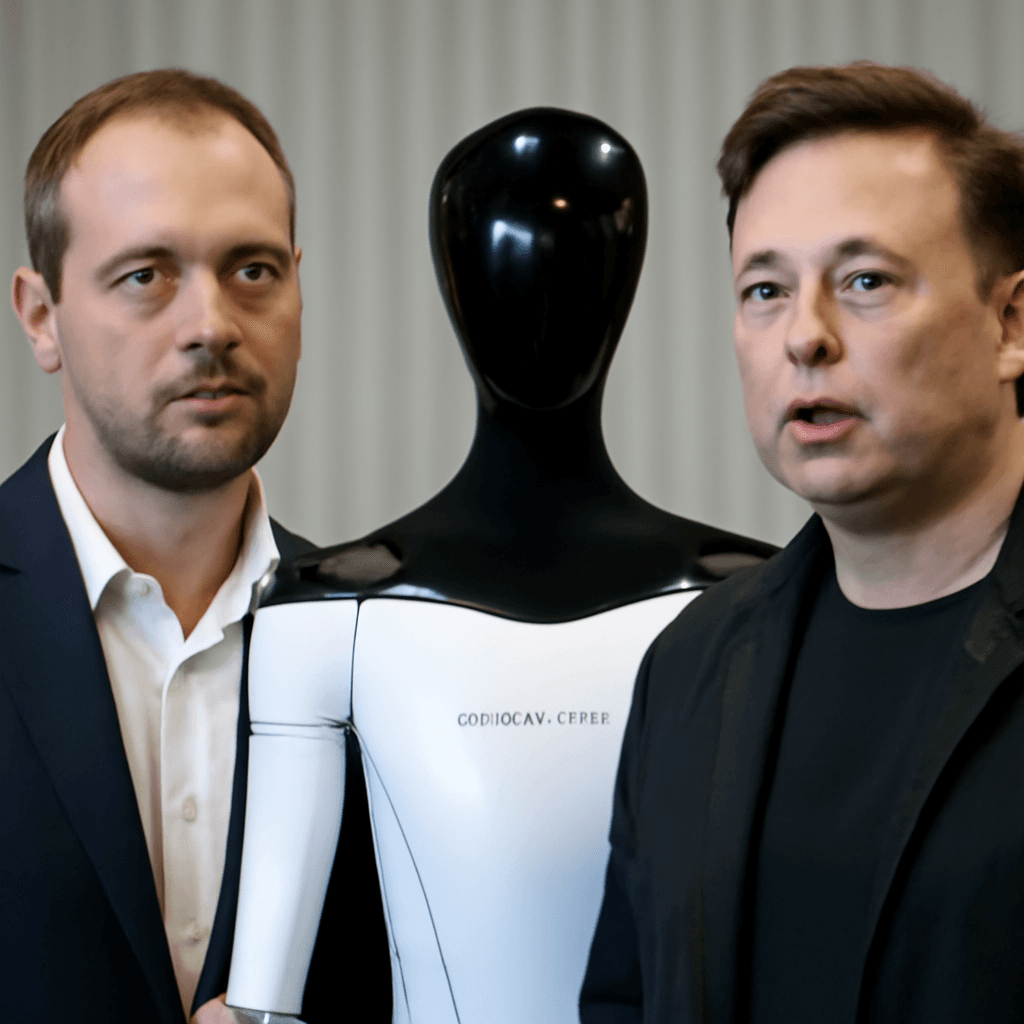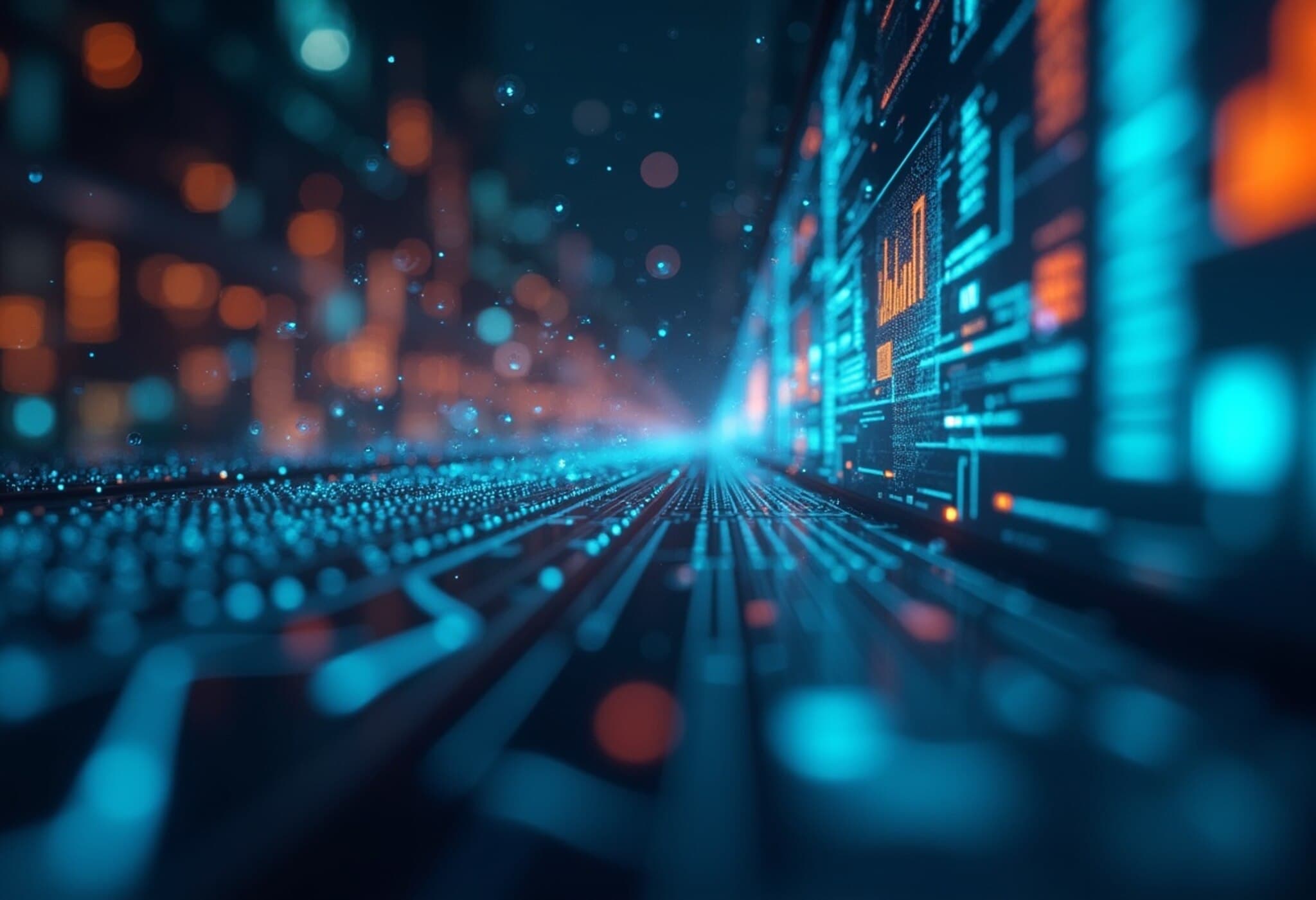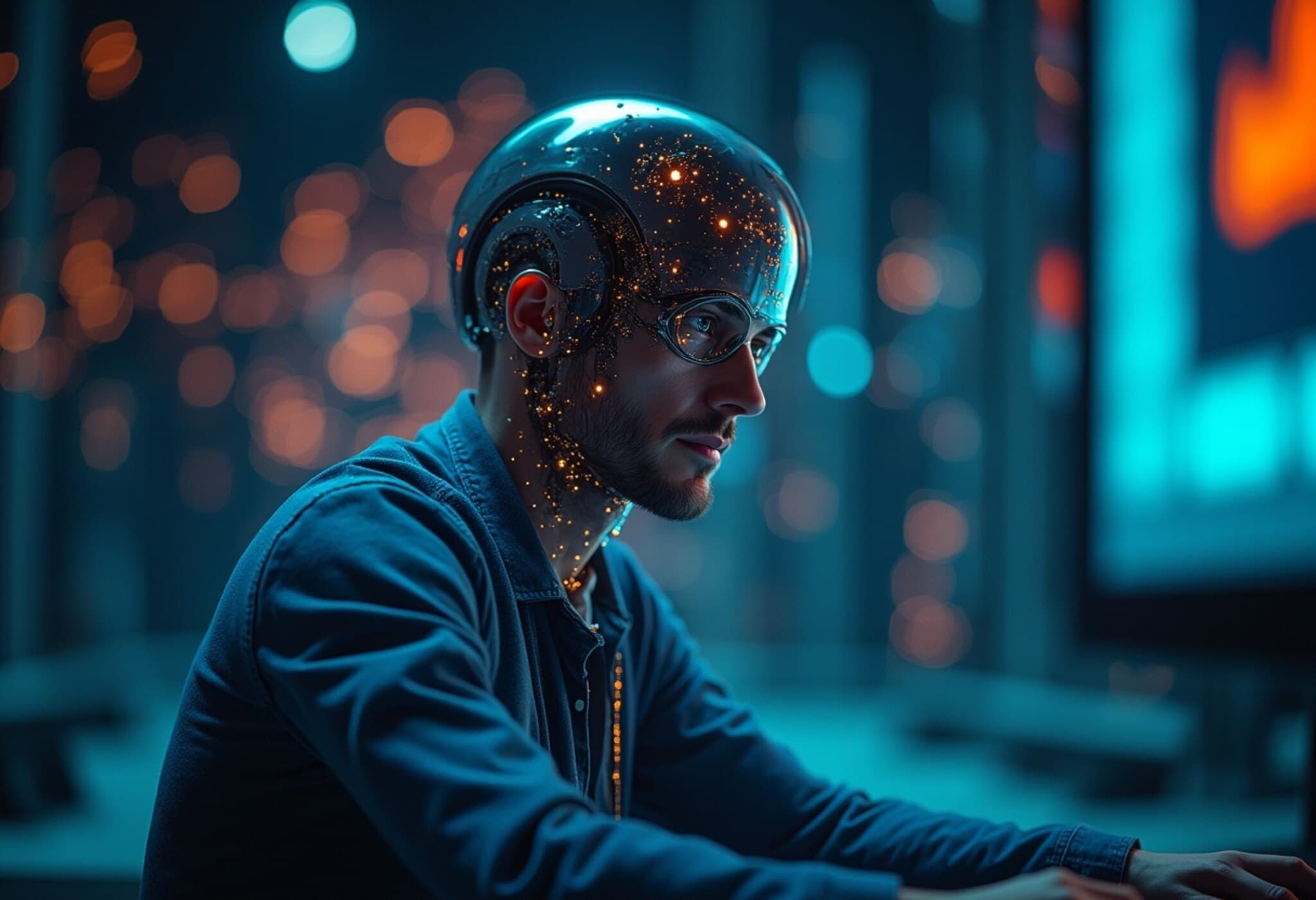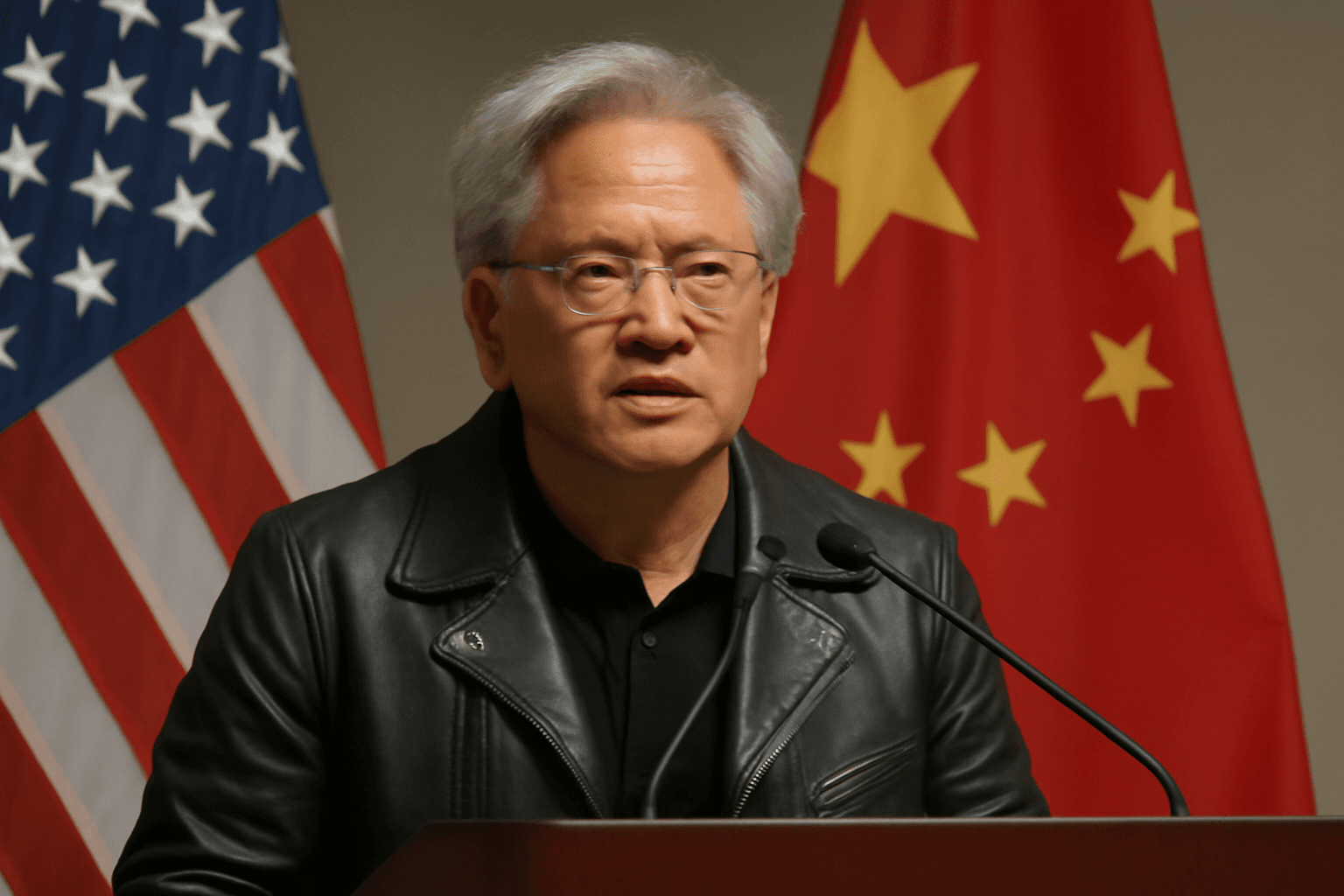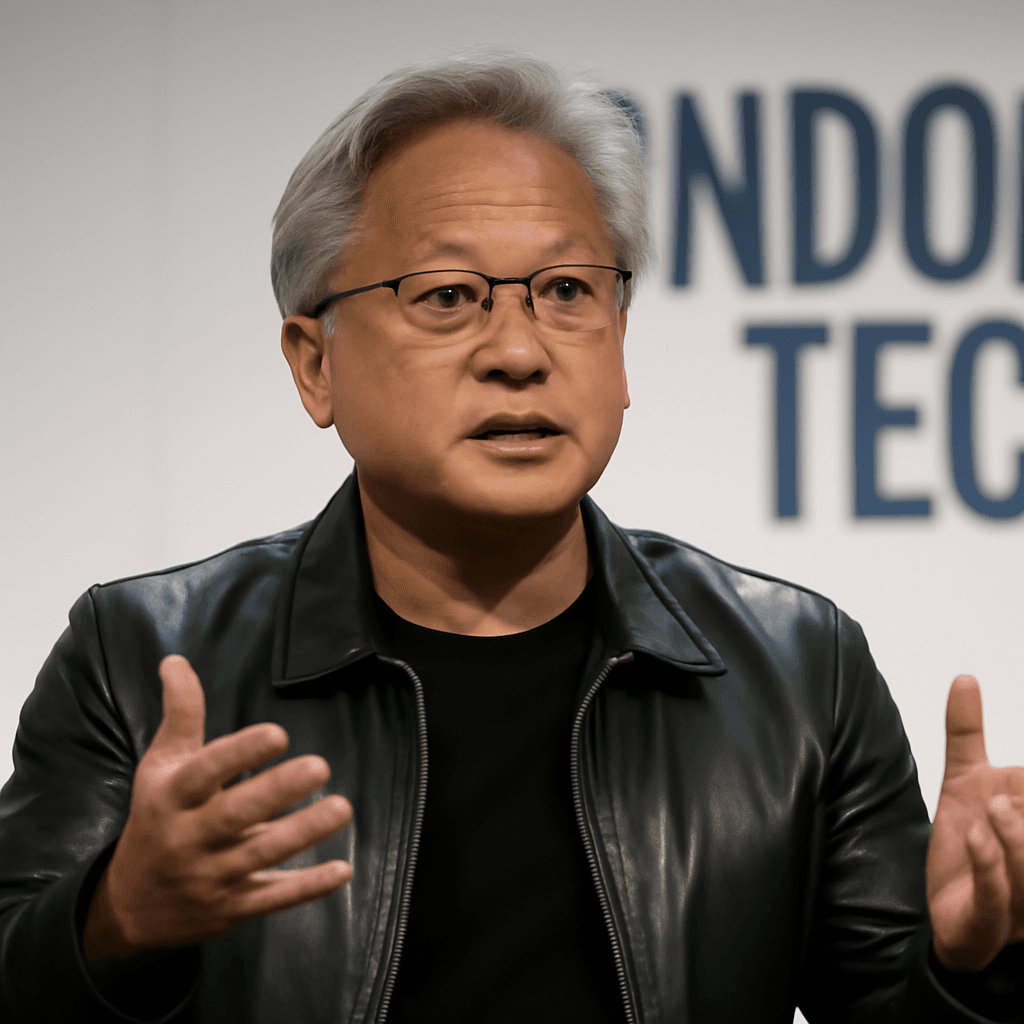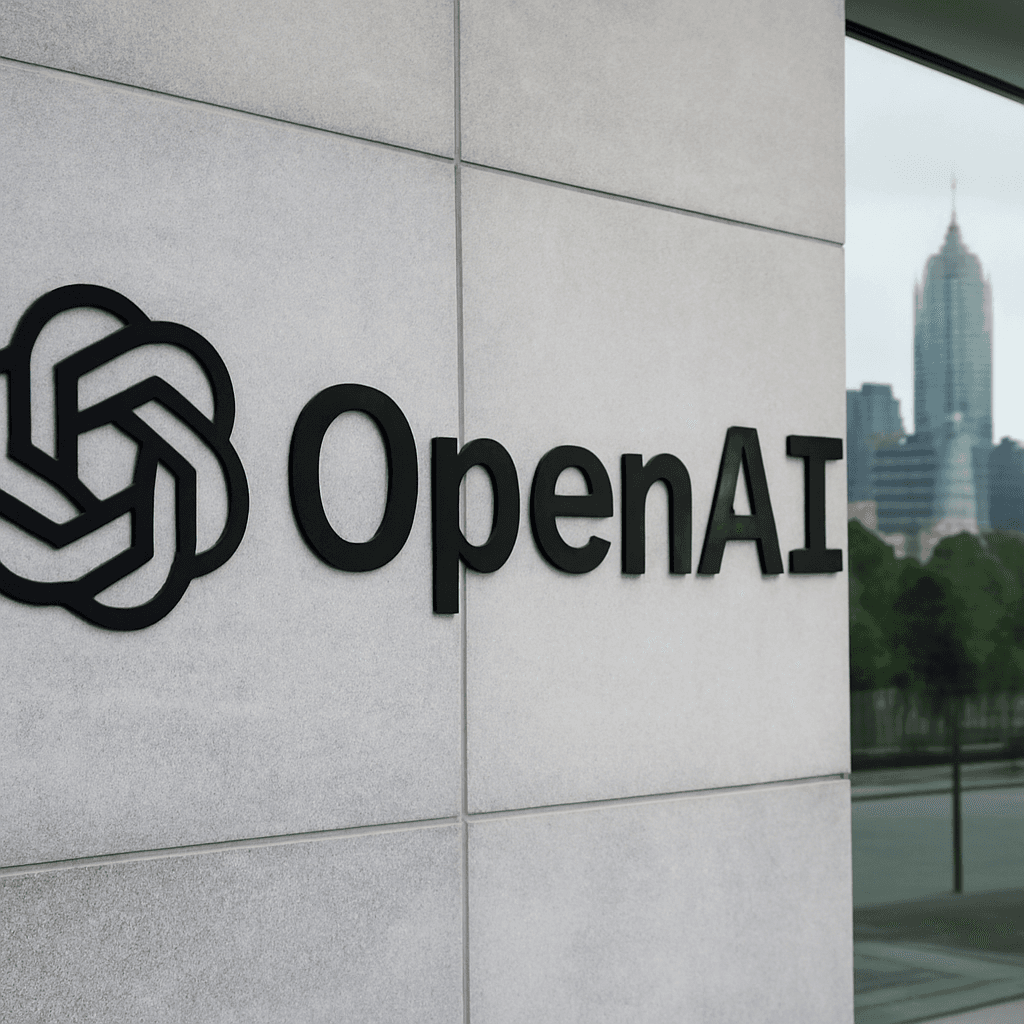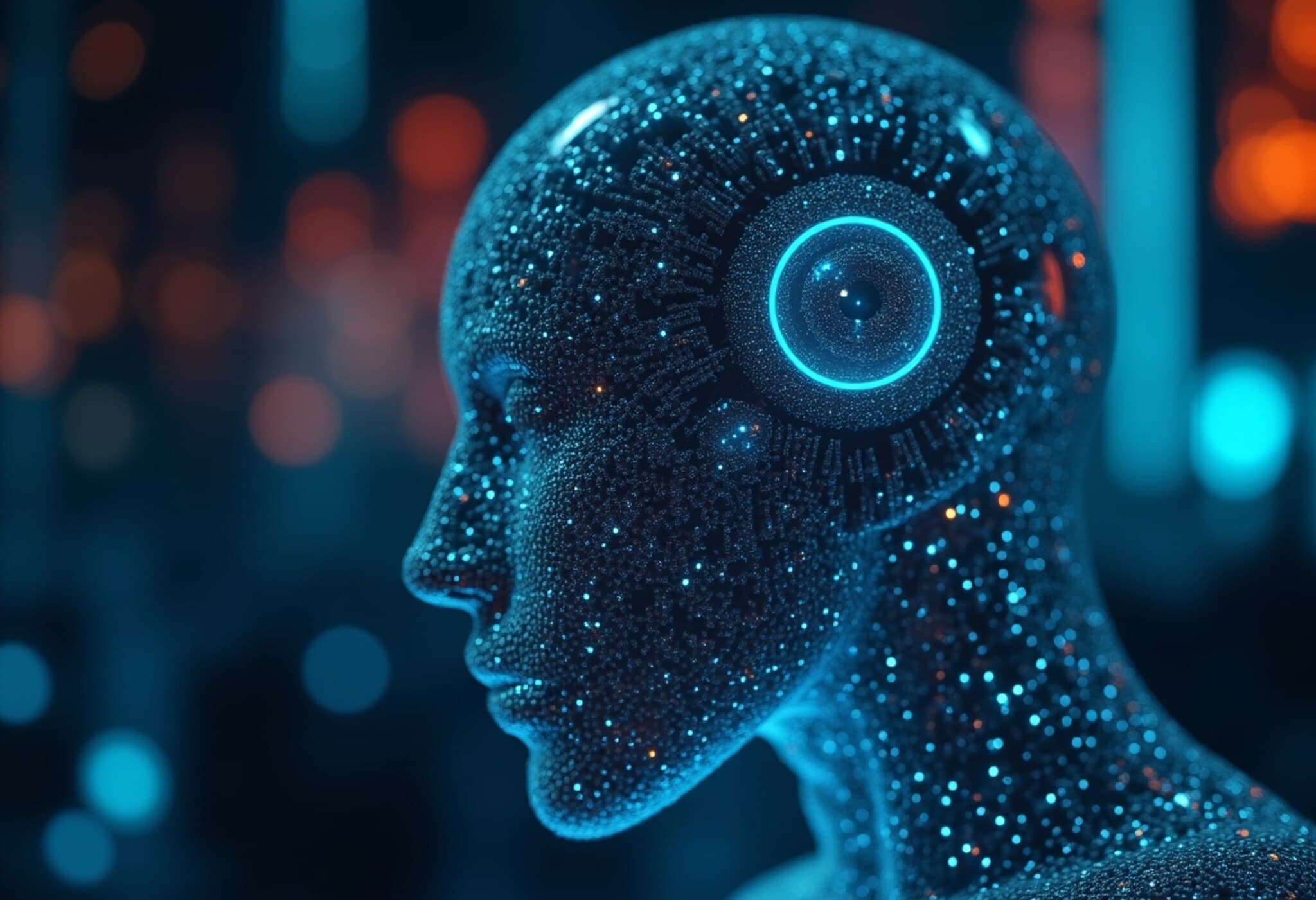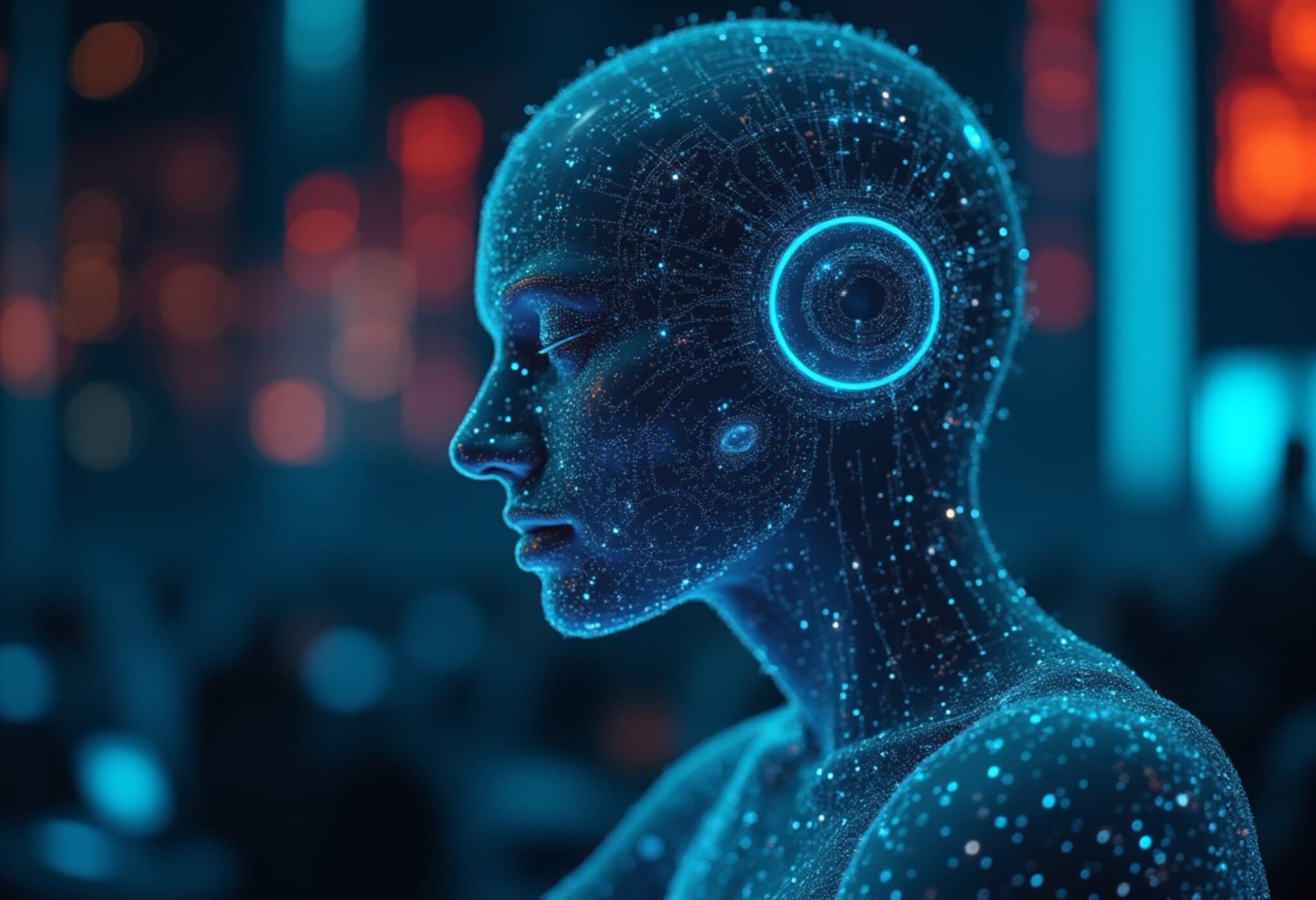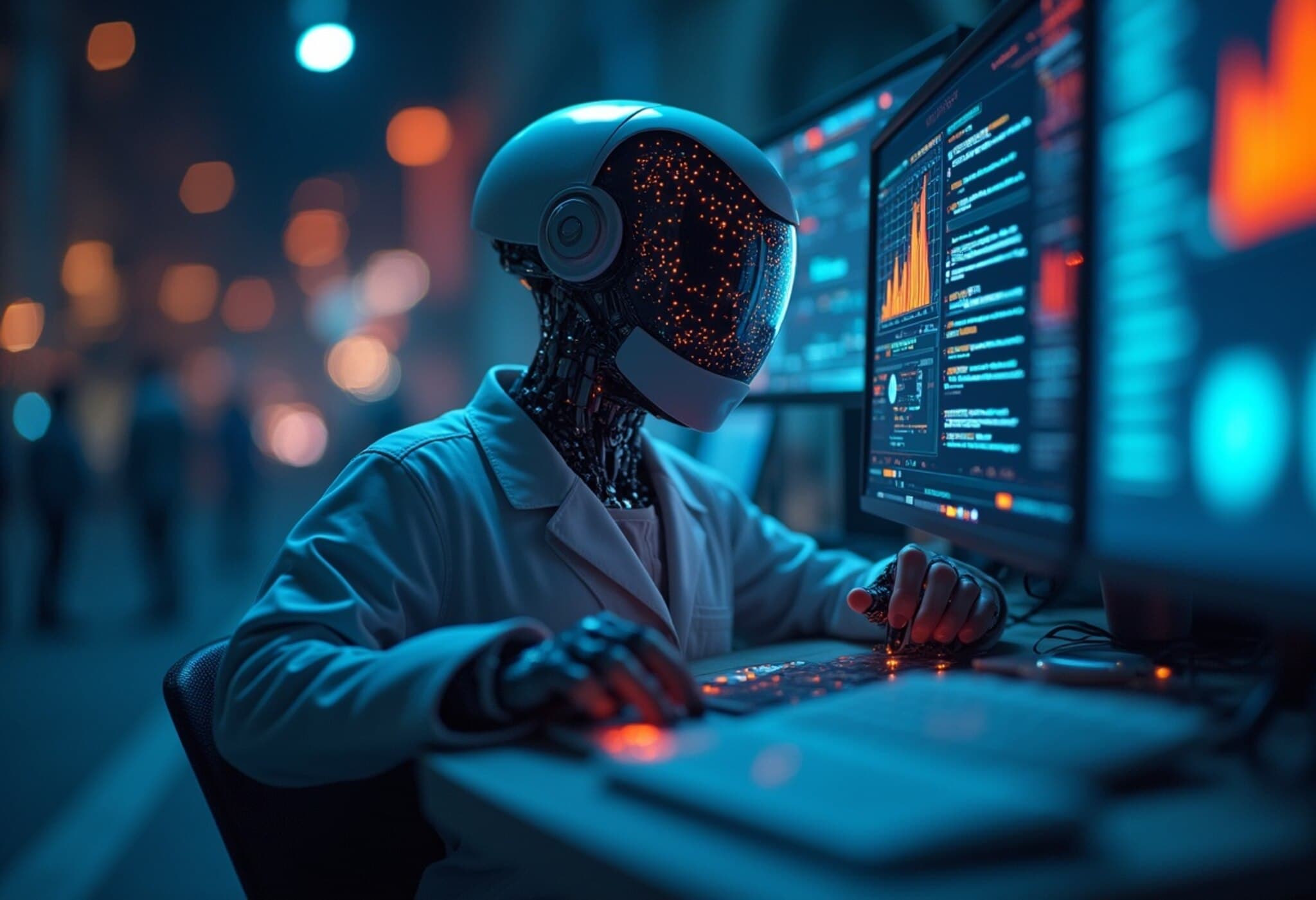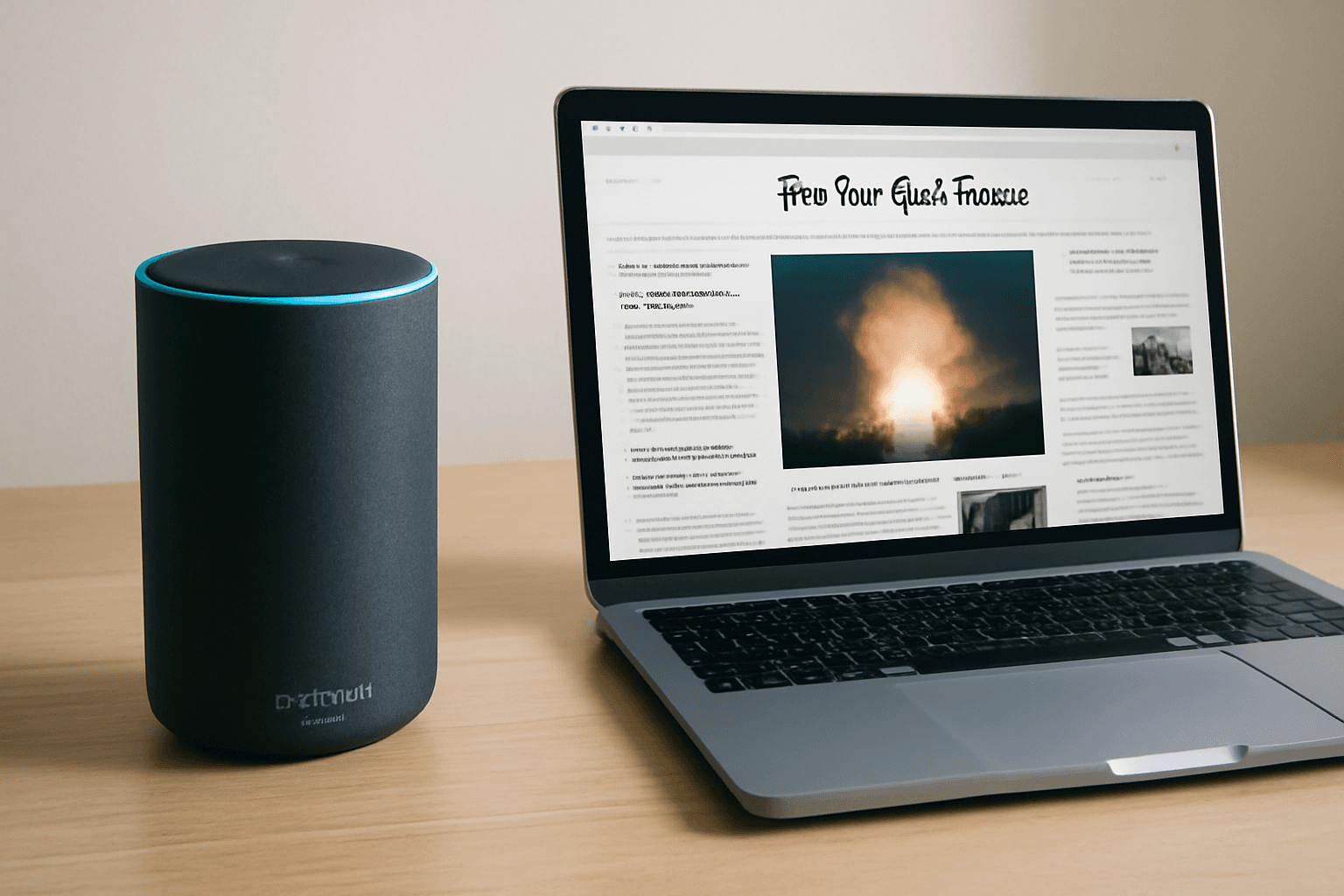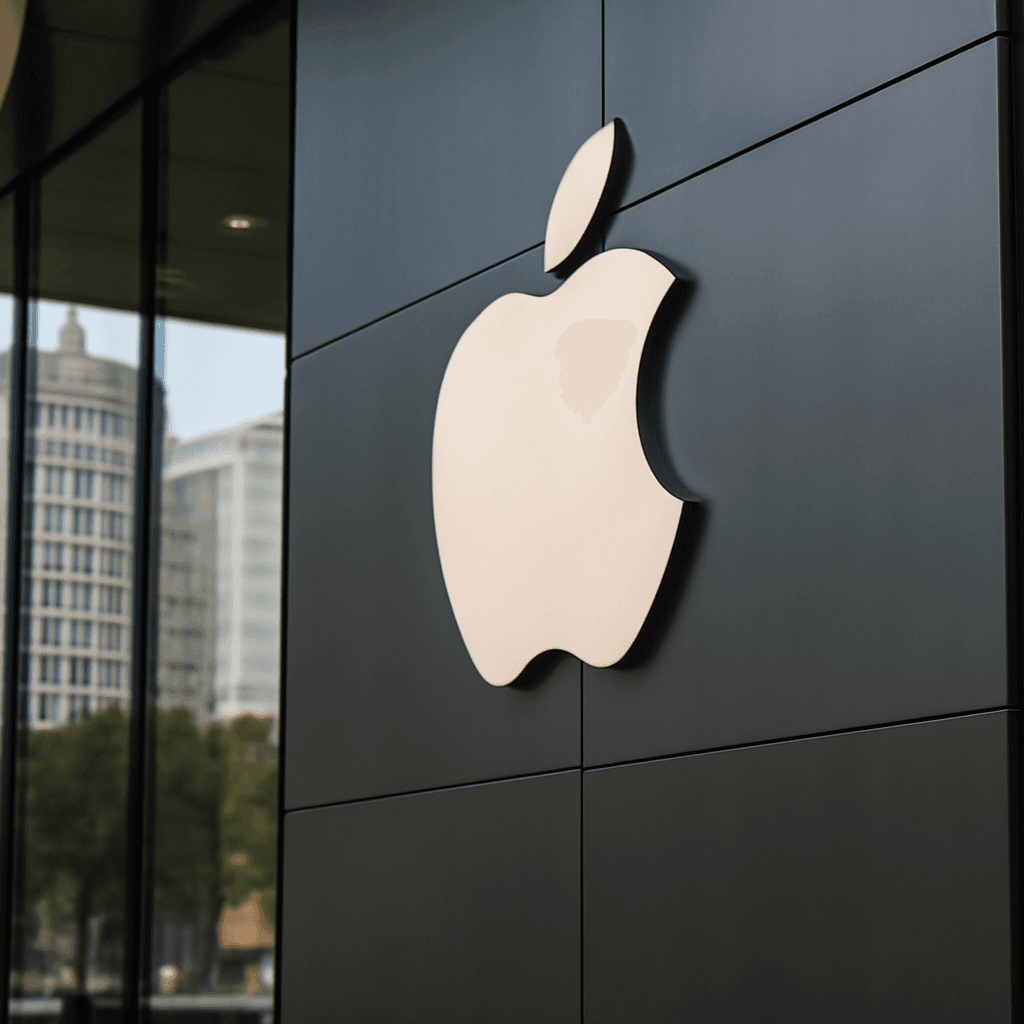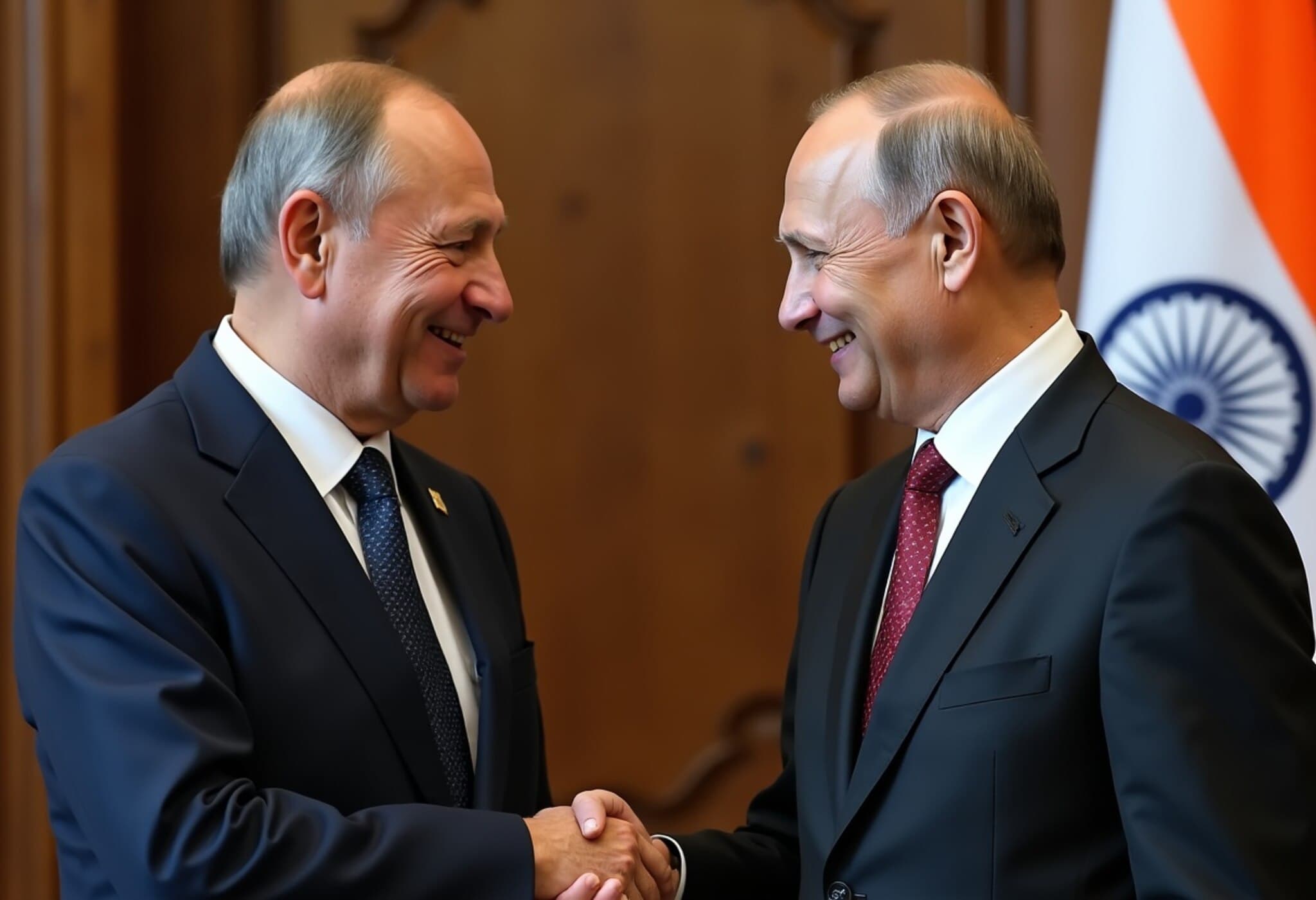OpenAI Rolls Out GPT-5 to All ChatGPT Users, Marking a Major Leap in AI Capability
In a landmark announcement on August 7, 2025, OpenAI introduced GPT-5, its newest and most advanced artificial intelligence language model to date. What sets this launch apart is OpenAI's bold move to make GPT-5 available to every ChatGPT user — free, plus, and professional — dramatically broadening access to groundbreaking AI technology.
What Makes GPT-5 a Game-Changer?
OpenAI CEO Sam Altman emphasized the leap in performance from GPT-4 to GPT-5, stating, "I tried going back to GPT-4, and it was quite miserable." GPT-5 boasts enhanced intelligence, faster processing speeds, and significantly improved usability across key fields like writing, coding, and health care.
- Reduced hallucinations: GPT-5 delivers more accurate responses, reducing the rate at which it fabricates information — a persistent challenge in AI language models.
- Enhanced safety measures: Unlike previous versions, GPT-5 uses "safe completions" to responsibly handle sensitive or risky queries without flat refusals, thereby offering high-level, responsible answers within strict safety boundaries.
- Improved reasoning capabilities: GPT-5 doesn’t just respond but 'thinks' by carrying out internal chains of logic before answering, a feature now accessible even to free-tier users.
Demonstrating Practical AI Innovation
During a media briefing, OpenAI showcased GPT-5's rapidly advancing proficiency through a concept coined "vibe coding." For example, GPT-5 swiftly generated two distinct web apps aimed at helping English speakers learn French, each featuring interactive tools like flashcards, quizzes, and progress tracking — all created from the same prompt within seconds.
While these AI-generated apps may have some "rough edges," they empower users to easily customize design aspects and user interface, illustrating how AI can effectively collaborate with human creativity in software development.
Accessibility and Integration Across Platforms
OpenAI is deploying GPT-5 across a broad spectrum of users and platforms:
- Free users
- Plus and Pro users enjoy expanded usage limits and, in the case of Pro users, unlimited GPT-5 and exclusive GPT-5 Pro access.
- Enterprise and educational clients will receive GPT-5 access in about a week, enabling institutions to harness its advanced capabilities.
Moreover, Microsoft, a strategic partner of OpenAI, announced GPT-5 integration across its product line on the same day, including incorporation into Microsoft 365 Copilot and Azure AI Foundry, further cementing AI's role in streamlining workflows and enhancing productivity.
Expert Perspectives Highlight Breakthroughs
Aaron Levie, CEO of enterprise file management firm Box, praised GPT-5 as a "complete breakthrough" after extensive tests across complex datasets.
"Previous AI models struggled with complex math and logic within lengthy documents. GPT-5 retains far more information and applies higher-level reasoning to make insightful decisions," Levie shared in an exclusive CNBC interview.
Developer-Centric Flexibility with New GPT-5 APIs
To meet diverse operational and budgetary needs, OpenAI offers 3 versions of GPT-5 for developers via API: gpt-5, gpt-5-mini, and gpt-5-nano. These allow companies and researchers to balance cost, speed, and computational resources while adopting state-of-the-art AI.
Implications and Looking Ahead
OpenAI’s rollout emphasizes a shift toward democratizing AI, inviting broader participation in shaping AI’s role in society. GPT-5’s ability to provide nuanced, context-aware answers helps address some of the ethical and reliability concerns that have shadowed earlier versions.
Microsoft CEO Satya Nadella reflected on this momentum, noting it’s remarkable how much progress has been made since GPT-4 debuted at Microsoft’s Redmond campus just two and a half years ago. The pace of innovation sparks conversations about the future of AI governance, accessibility, and the growing interface between humans and machines.
Editor’s Note
OpenAI’s GPT-5 rollout represents a pivotal moment in AI development—from boosting everyday user experience to underpinning mission-critical enterprise solutions. Its expanded accessibility to free users heralds a new era where advanced AI isn't just reserved for specialists but can empower millions worldwide.
Yet this leap forward invites crucial questions: How will society manage AI’s ethical boundaries as these tools become more autonomous? What new skills will users need to effectively collaborate with AI? And how might regulators respond to balance innovation with safety?
For policymakers, educators, and technologists alike, GPT-5’s launch is not just an upgrade—it's an open invitation to rethink the human-AI partnership.

